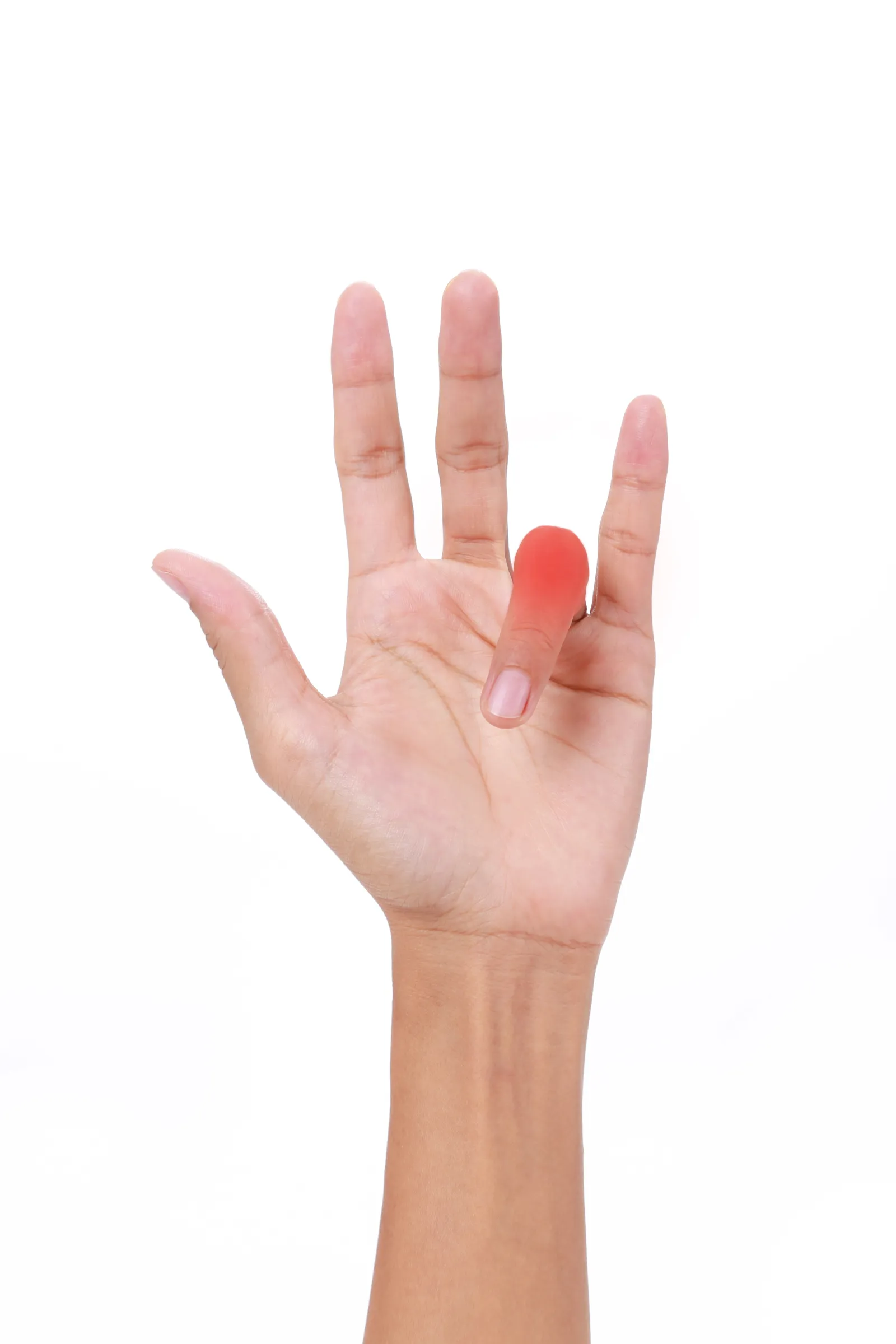
The hands, wrists, and fingers consists of an intricate network of hard and soft tissues. When the joints are injured or negatively impacted in some way, this can result in difficulties with strength, movement, and general function. Our team of Austin, TX hand treatment specialists can help restore the strength and function to the hands by using the latest treatments and techniques available.
When patients develop trigger finger, there are different non-surgical and surgical treatments available. Let's cover the basics of the condition and then look at the procedures that can help address it.
What Is Trigger Finger?
Trigger finger (stenosing tenosynovitis) refers to a condition in which the joints of the fingers and lock or freeze when they are bent. The condition can cause pain as well as difficulty when people try to bend or straighten their fingers. It's not uncommon for people with trigger finger to experience a snapping sensation in their joints as they try to straighten their fingers.
Trigger finger is caused by inflammation or irritation of the protective sheath around the tendons of the fingers. The inflammation can cause scarring to the sheath over time, which causes the sheath to narrow. Continued narrowing of the sheath can lead to a worsening of trigger finger.
Trigger finger can also affect the joints of the thumb. This condition is referred to as trigger thumb.
Medication for Trigger Finger
To help address pain associated with trigger finger, patients may be asked to take non-steroidal anti-inflammatory drugs (NSAIDs). These will only be able to address the pain of trigger finger, however, not the constriction of the tendon sheath.
Non-Invasive Therapy for Trigger Finger
The following non-invasive therapies may be considered to help relieve mild cases of trigger finger:
-
Resting the Hands - Doctors may recommend avoiding activities that involve repetitive grasping or gripping to relieve trigger finger. Doctors may also recommend not using tools or machines that vibrate the hands to help address the condition.
-
Wearing a Splint - A hand splint will help straighten out and immobilize the affected fingers and help rest the tendon. A splint may be used for up to six weeks.
-
Finger Exercises - Some doctors can provide a list of simple stretching exercises to help restore finger mobility.
Steroid Injections
Steroid injections near the affected tendon can help relieve inflammation of the tendon sheath. This common treatment for trigger finger can improve finger mobility and reduce pain when the finger bends and moves. Multiple steroid injections may be required for some patients.
Percutaneous Release
During percutaneous release, a patient's palm is numbed using local anesthetic. A doctor then inserts a needles into the tissue near the affected tendon. The needle is carefully manipulated around the tendon to help break up constriction that's affected the tendon, restoring proper motion in the process. Ultrasound can be used to carefully monitor the needle and avoid damage to other tissues in the hand.
Surgery for Trigger Finger
When a patient does not respond to other less invasive therapies, surgery may be the only option. An incision is made at the base of the affected finger so the tendon sheath can be cut open. This relieves constriction of the affected tendon.
Contact Orthopaedic Specialists of Austin
To learn more about treating trigger finger and other medical issues that affect your fingers, wrists, and hands, be sure to contact our team of orthopedic specialists today. The team at Orthopaedic Specialists of Austin will work closely with you to restore motion and strength.
